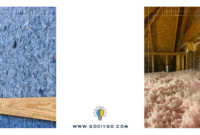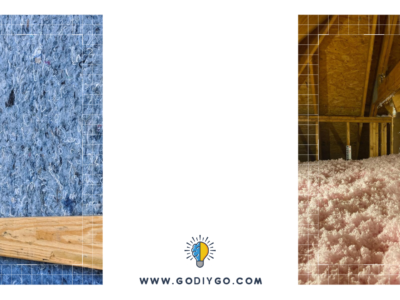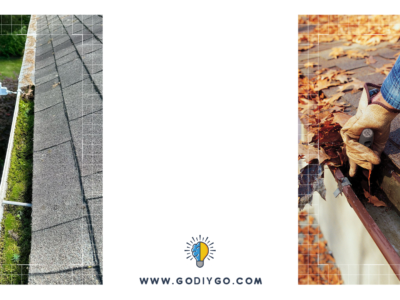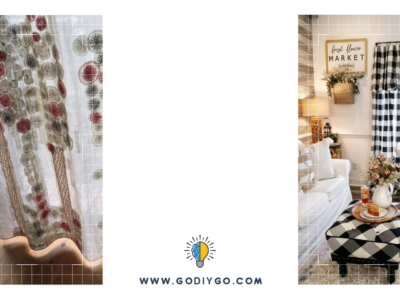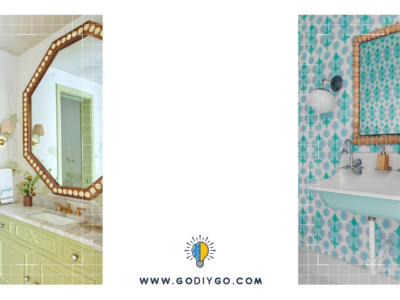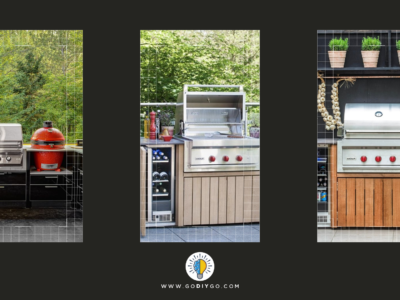The outdoor space is an important part of your home, just like your interior space. Sadly, it’s said that most homeowners don’t know how to bring life to their outdoor spaces.
Outdoor spaces are often associated with lawns and gardens, but there’s more to it. This space can become a spot for relaxation for you and your family. All you need is a seating area. One such area is a deck. It’s a flat surface, like a floor, elevated from the ground and attached to your home. Plus, it could be in the front or back yard.
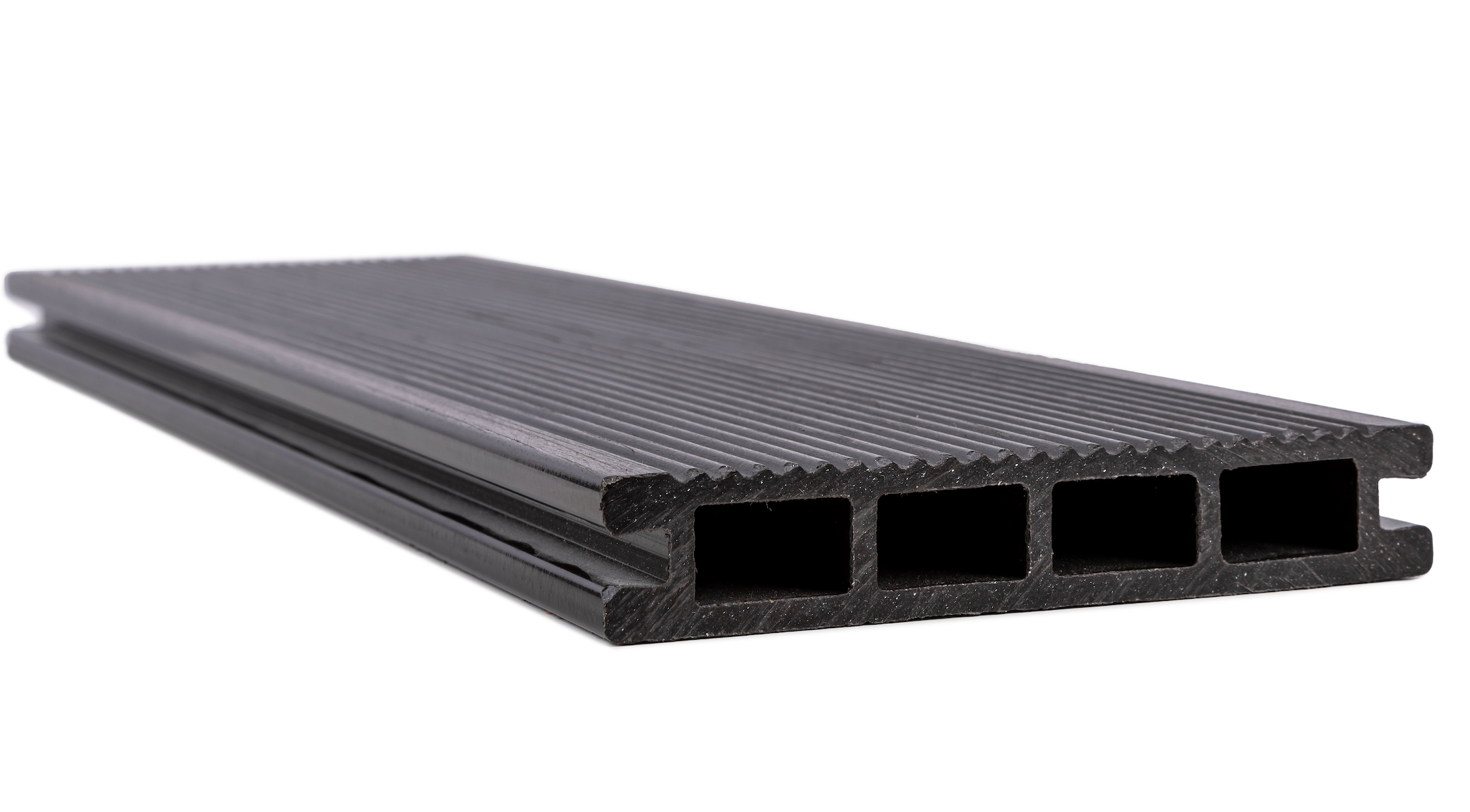
In preparing an outdoor setting like an outdoor deck, it’s important to consider the material you’ll use. Here’s a guide on choosing the best material for your outdoor deck:
- Identify The Options Available For You
One way to choose the best material is to know what’s available. There are many outdoor deck materials you can use.
One such material is traditional wood. This wood is natural and includes cedar as one of the best types to adopt for your outdoors. Composite wood is the other option. It’s made of natural wood and synthetic materials, including chemicals. You can also find plastic, which is often a mixture of Polyvinyl Chloride (PVC) and high-density polyethylene.
With knowledge of the existing materials, find out the merits and advantages of each as an outdoor deck material. Find the advantages of wood vs composite decking, among other options. This way, you’ll better know the choice to make.
- Consider The Location
The location of your outdoor deck is important in deciding the material to use. There are two aspects to it: the climate of your region and outdoor exposure.
Regarding your region’s climate, you want to consider the wet season. If your region is often cold and wet with rain or snow, you want a material that’ll withstand the challenges of a wet environment. For instance, a wooden deck wouldn’t be ideal. It’s prone to rotting and warping; the cold weather will likely make it damp most of the year. In such a region, a plastic wooden deck is best. It’s waterproof, and the wet weather won’t affect its efficiency or durability.
When it comes to outdoor exposure, the question is: Is the home deck exposed or covered? A covered deck isn’t exposed to harsh weather and will withstand being outdoors. The material should be waterproof for an exposed deck and shouldn’t fade due to exposure to the sun’s ultraviolet (UV) rays.
The aim of factoring in location is to ensure the longevity of your outdoor deck’s material.
- Look At The Theme Of The Home
It’s a must to consider the aesthetic aspect of your outdoor deck; hence, the need to factor in your home’s theme. The outdoor deck is part of your home; it should also be beautiful.
Different materials fit different themes. You can aim for your home’s theme continuity or a beautiful contrast.
Suppose your home’s exterior has a traditional theme to it. You can choose a wooden deck that’s a replica of your home, whether it’s inside or outside. Where your home has a modern look, please go for aluminum or plastic material. These are associated with a modern and sleek look and will reflect your modern home.
On the other hand, the outdoor deck can greatly contrast your home’s theme. Instead of it being a replica of your home, it can be a replica of nature. Your home could be modern but still adopt a wooden deck, which reflects nature; wood is a natural material.
When it comes to aesthetics, your chosen material should meet your taste and preference.
- Factor In Maintenance
Materials differ in terms of the maintenance required to maintain them in optimum conditions and meet your needs efficiently. You want a material that won’t be a burden to take care of. It’s the reason you need to factor in maintenance.
A material like traditional wood requires a lot of maintenance. Since the deck is outdoors and exposed, the wood is likely to rot due to high moisture. In other cases, it might warp or become soft, making it a safety hazard. Therefore, you need to treat your wood, seal it, and regularly stain it to prevent the issues mentioned previously from happening. Based on this, wood should be your chosen material if you have time and resources to do maintenance regularly.
Where time and other resources aren’t on your side, outdoor decking materials like aluminum and plastic should be your go-to choice. These have minimal maintenance needs and only need you to clean them regularly to maintain their appearance.
Conclusion
When working on your outdoor deck, you expect it to serve you for a long time. It’s the only way to get value for your money. One of the factors that contribute to this longevity is the material of your deck.
With the many material options available, the discussion above has made the selection process easy. Hence, consider implementing this guide in your outdoor deck project. The process will be easier and faster, letting you enjoy your outdoor seating area within no time.


